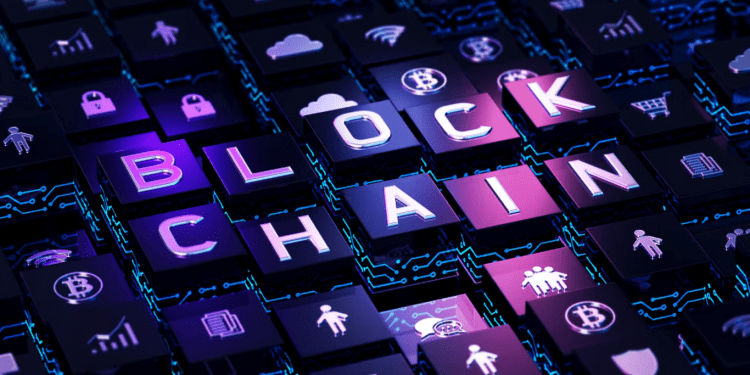The phrases “blockchain” and “cryptocurrencies” are sometimes used interchangeably. The two, however, significantly differ from one another. Cryptocurrencies use the blockchain as a ledger to store records of transactions. Blockchain is used for many things besides cryptocurrency, such as holding and making financial records, supply chain and logistics data, and medical data accessible.
What is Blockchain?
A blockchain is a group of documents or an online database that resembles a spreadsheet. In contrast to a standard spreadsheet, a blockchain may contain a considerable amount of data, such as records of cryptocurrency transactions, organized into “blocks” or groups. A “distributed ledger” or several computers are used to distribute these blocks. Each block is “chained” to a previously filled block after it exceeds its storage limit, at which point a new block is used.
What is Cryptocurrency?
The digital currency known as cryptocurrency has a market value similar to other currencies like the dollar or gold. The first cryptocurrency and forerunner of blockchain technology were Bitcoin. Later, several cryptocurrencies developed their blockchains, including Ether (Ethereum).
Similarities Between Blockchain and Cryptocurrency
Intangible
Cryptocurrency and blockchain both have an ethereal nature. Like the US dollar, cryptocurrencies are intangible digital assets without any physical form. Cryptocurrency storage blockchains do not exist in a single location or physical data center.
Advanced
Blockchain and cryptocurrencies are both examples of technological progress. The technology that underlies cryptocurrency is called a blockchain. Traditional databases are far less sophisticated and secure than the blockchain. Cryptocurrencies are more technologically advanced than conventional currencies like gold or silver.
Interdependent
An interdependent blockchain was created to record the transaction for bitcoin. Major cryptocurrencies use blockchain to store transaction data. A bitcoin blockchain keeps track of new bitcoin purchases.
Differences Between Blockchain and Cryptocurrency
Inherent Nature
Data storage using a blockchain is a technique used in decentralized networks. Like the US dollar, cryptocurrency serves as a medium of exchange. Beyond cryptocurrency transaction records, a blockchain can store various other sorts of data.
Monetary Value
Every cryptocurrency has a monetary worth. For instance, Bitcoin is currently worth below $20,000. A blockchain is not worth anything financially.
Usage
Beyond cryptocurrencies, blockchain technology has other applications. For tracking transactions, a blockchain is used in the healthcare, retail, supply chain, and financial industries. Cryptocurrency is virtual cash that may be invested in and utilized to purchase products and services.
Mobility
The use of blockchain technology is global and decentralized. A blockchain’s records are not kept in a single place, making it difficult to access remotely. Despite being stored in blockchains, cryptocurrency can be accessed through mobile wallets.
Transparency
Blockchain, being a public ledger, offers enhanced transparency. Anyone can sign up for a blockchain network and access the data there. Cryptocurrencies, on the other hand, provide anonymity. Because of this, no one can tell who is behind a bitcoin transaction, even though anyone can see its source and destination.
Wider applications of blockchain
People took a long time to realize that blockchain has much more uses outside of cryptocurrency networks since blockchain and Bitcoin are so closely related. The potential of blockchain is so immense that many people think the technology will fundamentally alter the way of doing business, just like the internet did before.
Executing smart contracts
Digital interactions are formalized through smart contracts on the blockchain. Using a smart contract, automated payments are released without human interference, which should speed up the process and help decrease inconsistencies or resolve disputes.
A transparent system of record
A long-term, safe, and transparent record of assets that all stakeholders can access securely is best maintained using blockchain.
Auditing the supply chain
Blockchain enables users to share a product’s history with the manufacturer. An open and thorough record is made available for anyone who wants to confirm that their transactions or online activities are conflict-free.
Providing proof of insurance
The Nationwide Insurance Company intends to use blockchain to share information about proof of insurance. The technology would instantly assist customers, insurers, and police officers in confirming insurance coverage, which should accelerate the claims process.
Conclusion
Consider blockchain technology from a commercial standpoint as a new generation of business process improvement software. Blockchain and other forms of collaborative technology reduce the “cost of trust” by improving commercial operations between organizations. Also, it provides more significant returns for every investment than conventional internal investments.














